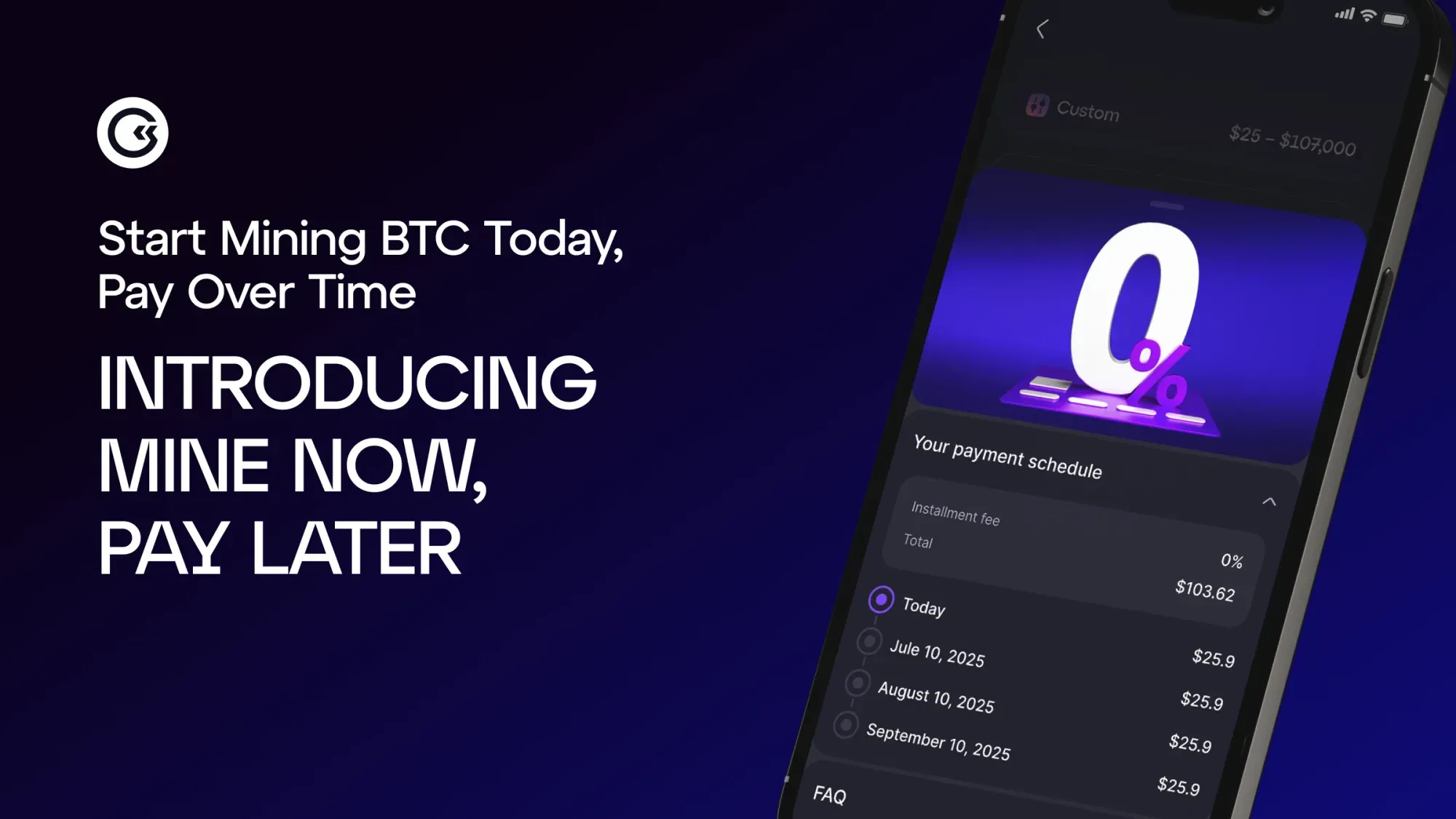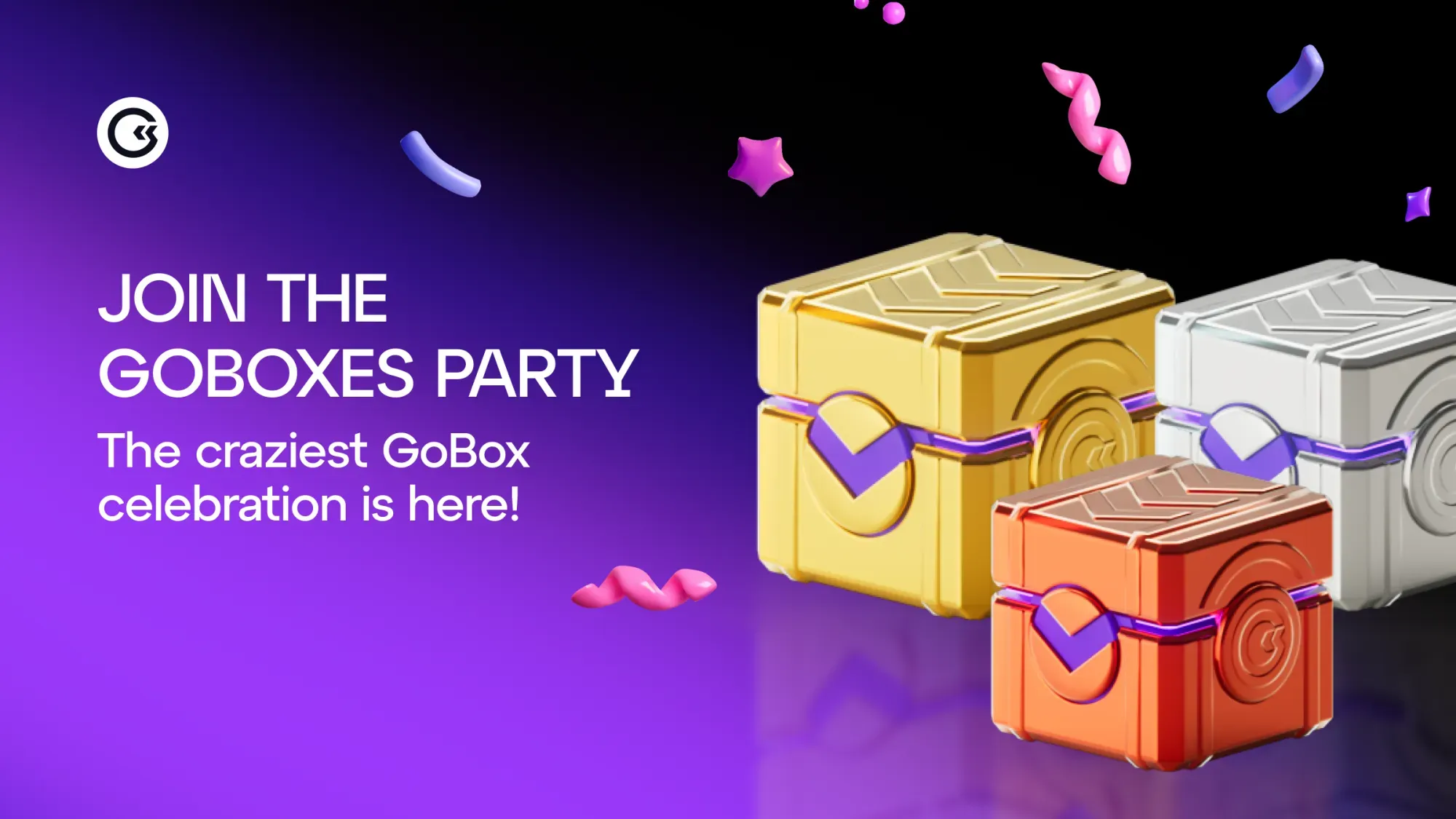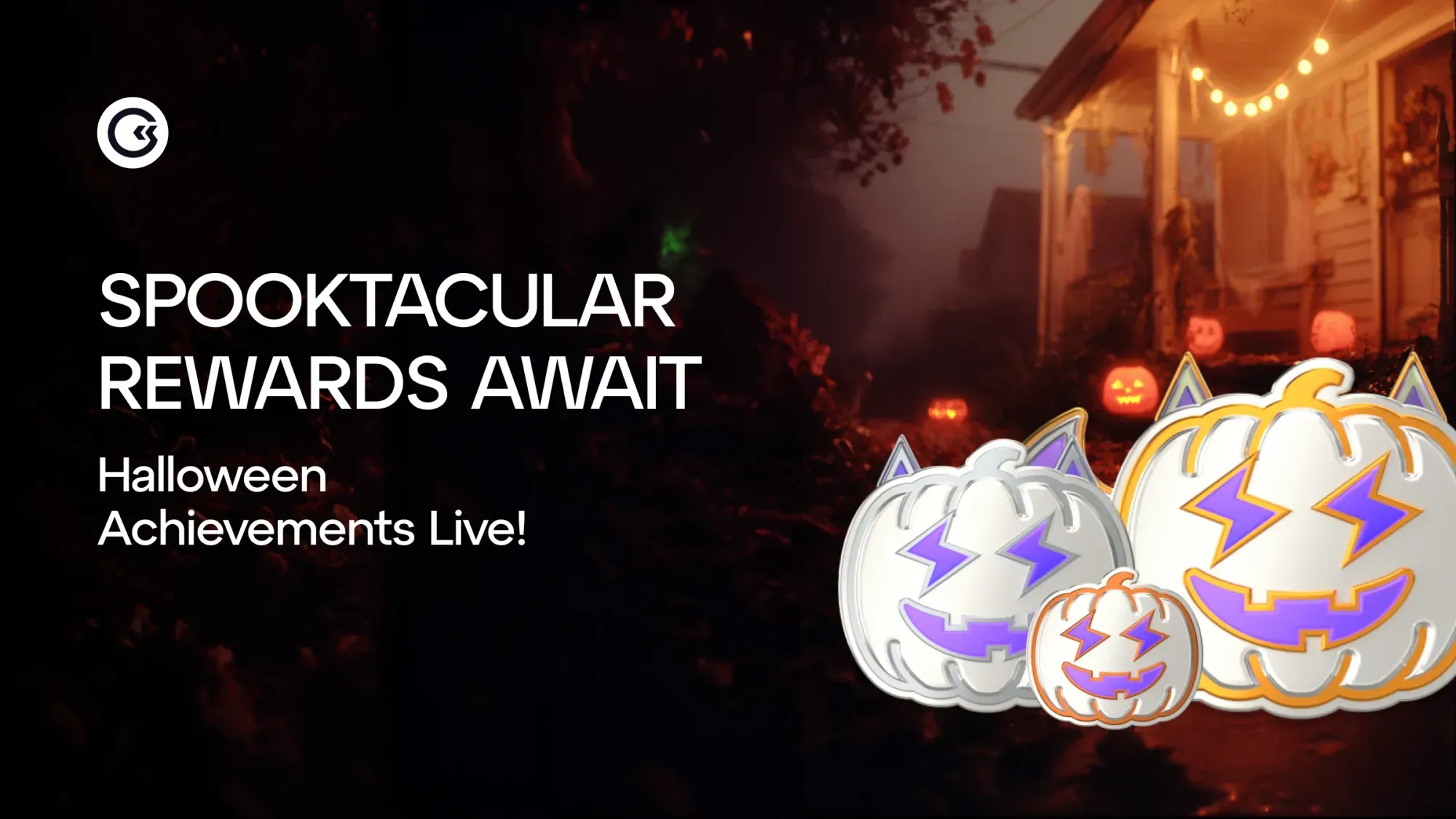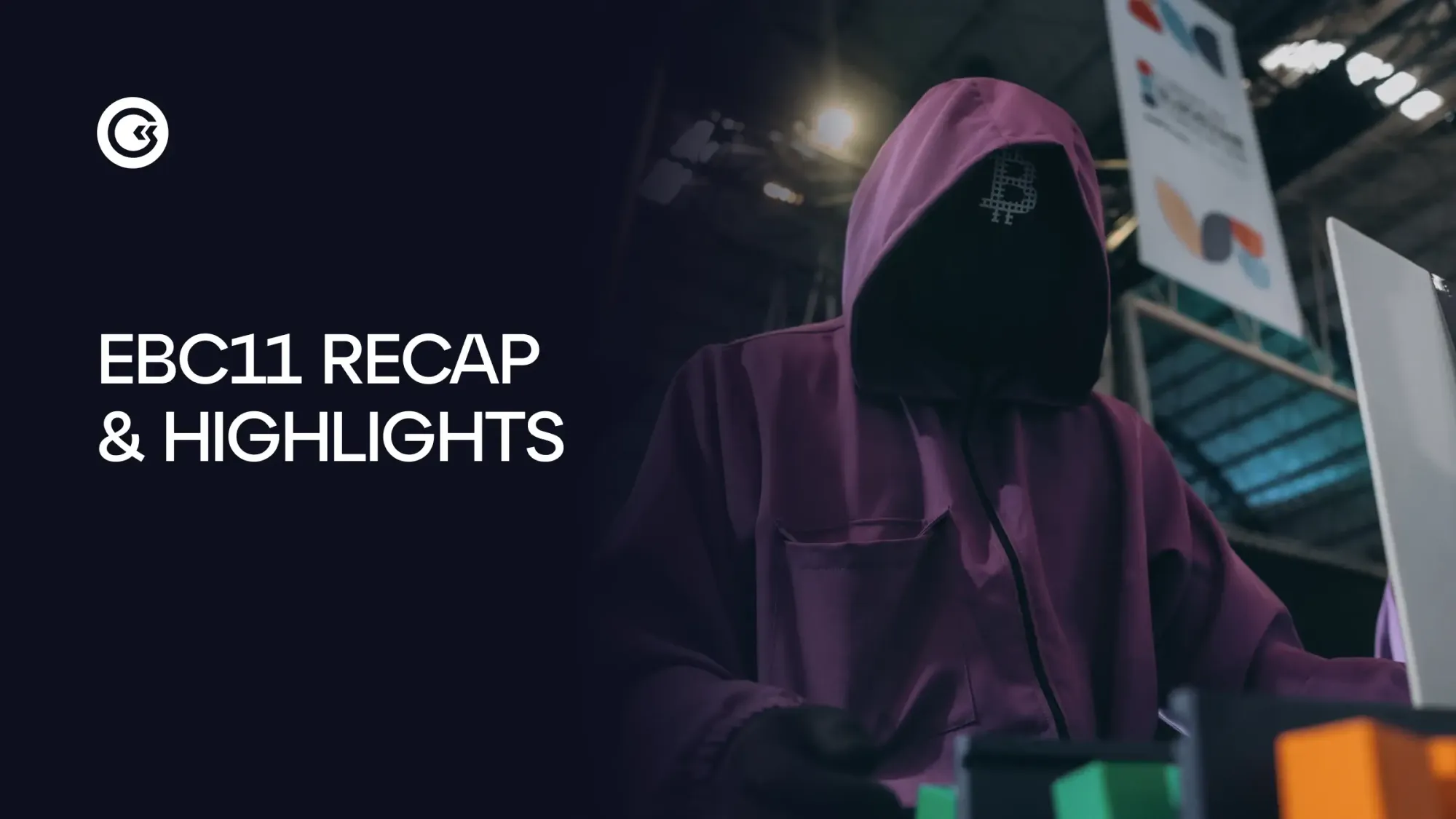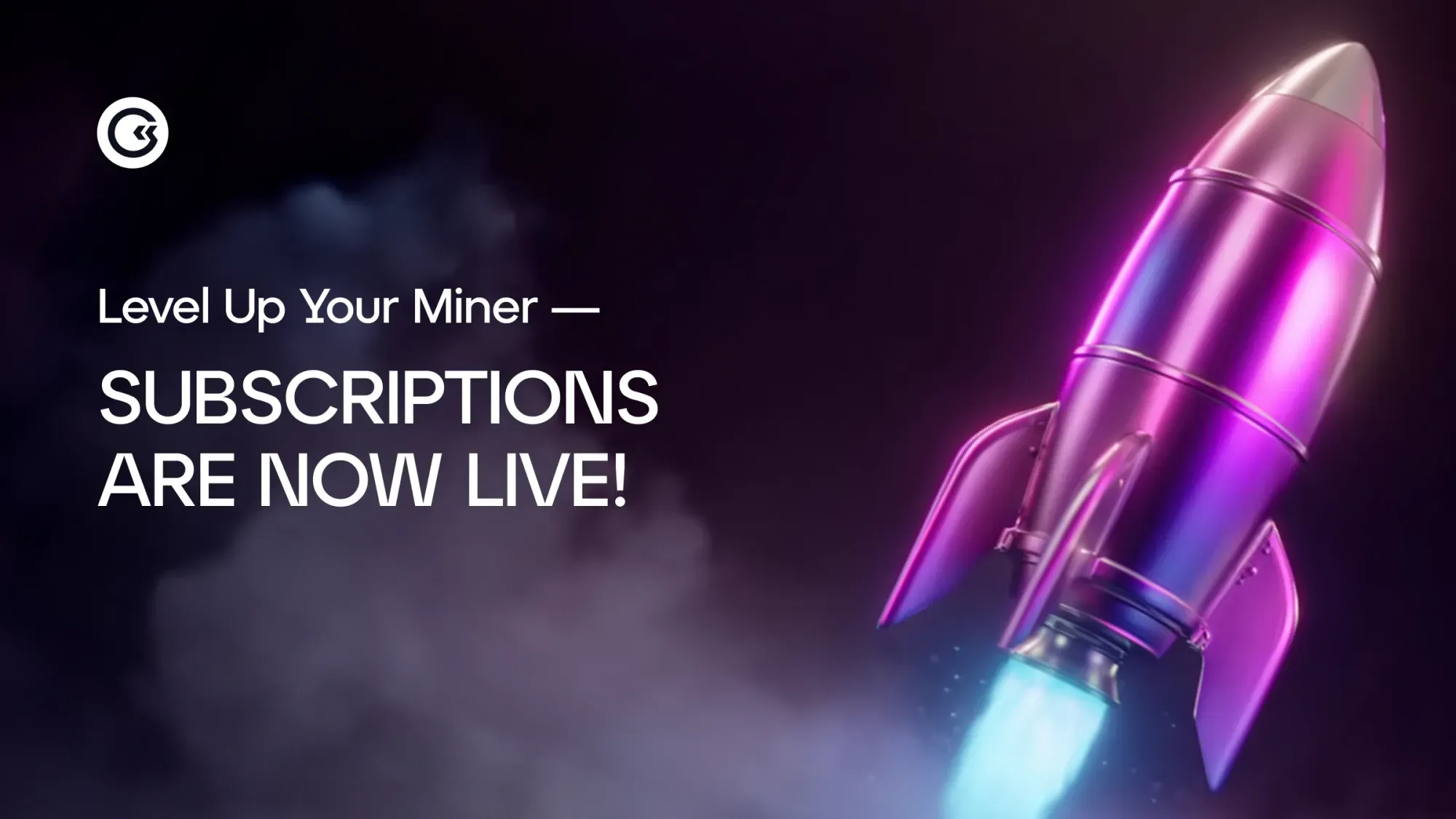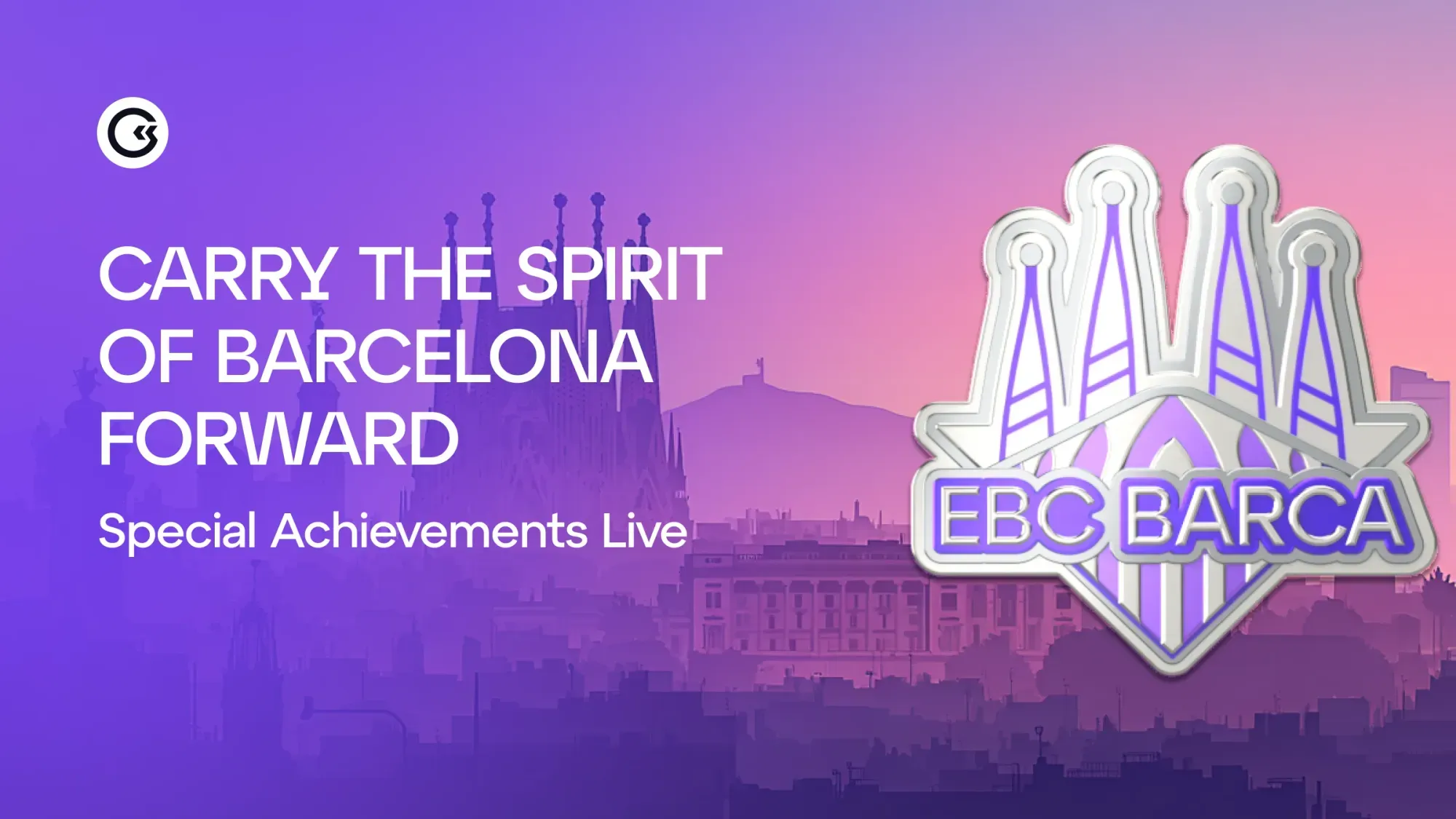Começou com um tweet, um meme, ou talvez um gato digital. De repente, estas coisas de nome estranho chamadas NFTs estavam a ser vendidas por milhares — por vezes milhões — de euros. Os títulos gritavam, os influenciadores falavam, e as carteiras cripto abriam-se. Mas por baixo do hype, há uma mudança séria a acontecer na forma como compreendemos a propriedade, o valor e a criatividade no mundo digital. Então, voltemos ao básico: O que é um NFT, e porque é que toda a gente está a falar disso?
NFT significa non-fungible token (token não fungível) — um tipo único de activo digital que vive na blockchain. Em termos mais simples, é como um certificado digital que prova que possuis algo online: uma obra de arte, uma faixa musical, um videoclipe, uma espada no jogo, ou até mesmo um terreno virtual. Cada NFT é único, e é isso que o torna valioso. Ao contrário das criptomoedas como Bitcoin ou Ethereum, que são intermutáveis (um Bitcoin vale sempre outro Bitcoin), os NFTs são não fungíveis — não podem ser trocados igualmente porque cada um é diferente.
É aqui que a ligação entre NFT e criptomoedas se torna importante. Os NFTs não existiriam sem a tecnologia blockchain e redes cripto como a Ethereum. Usam a mesma infraestrutura — mas enquanto as criptomoedas são utilizadas como dinheiro digital, os NFTs são sobre propriedade digital, identidade e liberdade criativa.
À medida que a internet se torna mais imersiva e mais descentralizada, os NFTs estão a fazer mais do que apenas gerar títulos — estão a abrir novas formas de vender, criar, coleccionar e comercializar itens digitais. Os artistas estão a vender o seu trabalho directamente aos fãs, os gamers estão a ganhar dinheiro com activos no jogo, e os músicos estão a lançar álbuns de edição limitada através de plataformas NFT. O que antes parecia nicho está agora a tornar-se parte da nova economia digital.
Se isto tudo soa avassalador, não vos preocupeis — dividimo-lo para vós. Neste artigo, vamos guiar-vos através de tudo o que precisais de saber, seja completamente novo nos NFTs ou apenas a procurar compreendê-los mais profundamente. Eis o que esperar:
O que Este Artigo Abrange:
- O que é um NFT - Uma explicação clara e amigável para principiantes dos tokens não fungíveis, o que os torna diferentes das cripto, e como são criados.
- Como Funcionam os NFTs - Uma análise da tecnologia blockchain por trás dos NFTs, o papel dos contratos inteligentes, e como começar com a cunhagem em plataformas como OpenSea.
- NFT e Criptomoedas: A Relação - Porque é que Ethereum e NFTs andam de mãos dadas, como os mercados NFT usam cripto, e como é a relação entre criptomoedas e NFTs na utilização real.
- Onde os NFTs São Utilizados - Exemplos reais dos NFTs na arte, jogos, música, e até imobiliário virtual — além de porque é que os coleccionáveis digitais estão em ascensão.
- Benefícios dos NFTs - Explorar como os NFTs ajudam os criadores, protegem a autenticidade, e introduzem novas formas de possuir e comercializar activos online.
- Riscos e Desafios - Desde esquemas a quebras de mercado a preocupações ambientais — vamos desembalar os principais riscos NFT e como evitá-los.
- O que Vem a Seguir para NFTs e Cripto - Uma análise do futuro NFT: integração no metaverso, Ethereum 2.0, aplicações no mundo real, e o que vem a seguir.
No final, não só sereis capazes de responder o que é um NFT, mas também compreender como esta tecnologia está a transformar indústrias, a remodelar a internet, e a criar novas possibilidades para a forma como compramos, vendemos e interagimos com conteúdo digital.
Então apertem os cintos — porque seja um explorador curioso ou um futuro coleccionador NFT, estais prestes a mergulhar numa das revoluções mais emocionantes no espaço digital.
O que é um NFT?
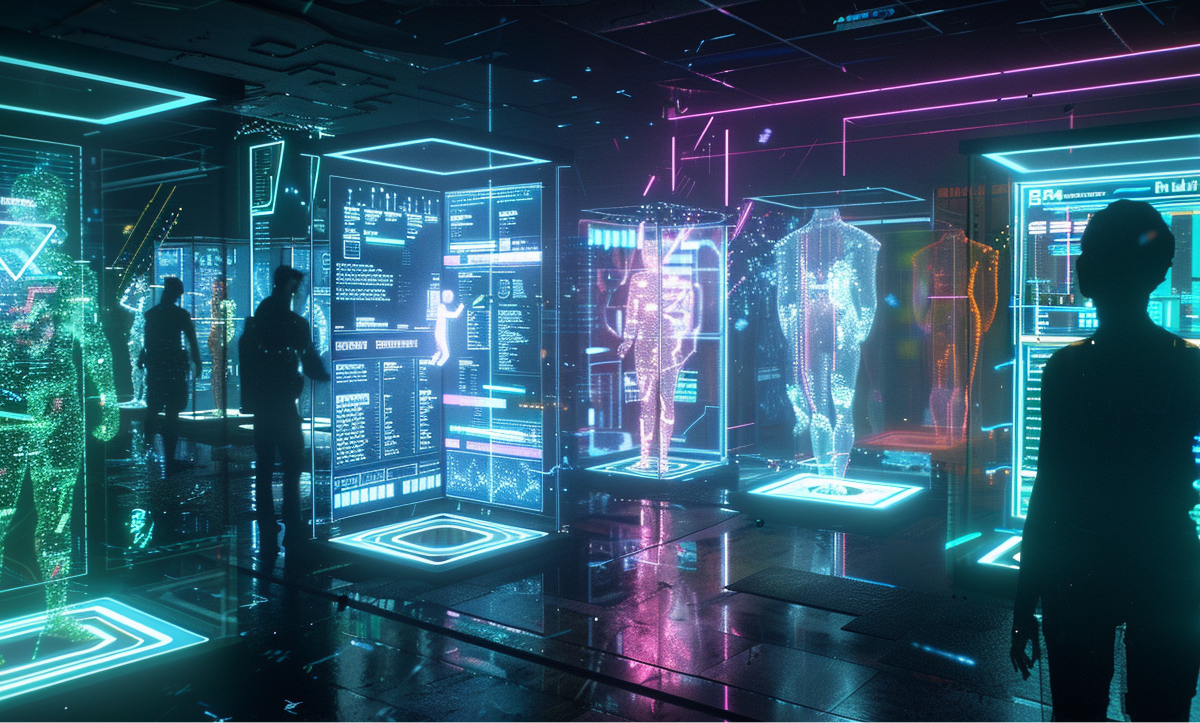
O papel dos NFTs na arte e entretenimento
Então, como discutimos acima, NFT significa Non-Fungible Token. Embora o termo possa soar técnico, o conceito é surpreendentemente fácil de compreender uma vez dividido.
Comecemos com a palavra "fungível". Algo é fungível quando é intermutável com outra coisa de valor igual. Por exemplo, uma nota de um euro pode ser trocada com outra nota de um euro. O mesmo acontece com as criptomoedas: um Bitcoin é sempre igual a outro Bitcoin, e podem ser trocados livremente.
Mas quando algo é não fungível, significa que é único e não pode simplesmente ser trocado numa base um-para-um. Imaginem trocar um cartão de basebol raro ou uma pintura assinada — não trocariam simplesmente por qualquer cartão aleatório ou impressão. Tem a sua própria identidade, história e valor.
Então, um NFT é um token digital que representa a propriedade de um activo único. Estes activos podem incluir coisas como:
- Uma obra de arte digital
- Um videoclipe ou meme
- Uma faixa musical ou álbum completo
- Um item virtual num jogo
- Um avatar coleccionável
- Até mesmo um terreno virtual
O que torna os NFTs poderosos é que são armazenados na blockchain — um registo digital descentralizado que mantém registos permanentes de quem possui o quê. Uma vez que um NFT é criado e atribuído a alguém, essa propriedade é registada publicamente e não pode ser alterada, falsificada ou apagada. É isto que dá aos NFTs a sua autenticidade e segurança no mundo digital.
NFT vs Criptomoeda
É fácil confundir NFTs com criptomoedas, especialmente porque ambos são construídos usando tecnologia blockchain, frequentemente nas mesmas redes como Ethereum. Mas servem propósitos muito diferentes.
- Criptomoedas, como Bitcoin ou Ether, são utilizadas como dinheiro digital. Podem usá-las para comprar coisas, comercializar, ou transferir valor.
- NFTs, por outro lado, são sobre prova de propriedade. Não são moedas mas activos digitais que podem ser coleccionados, comprados, vendidos, ou utilizados em várias plataformas.
Em suma: as criptomoedas são como dinheiro, enquanto os NFTs são como coleccionáveis assinados ou certificados de propriedade.
Para mergulhar mais profundamente na diferença entre NFTs e moedas digitais, consultai este artigo útil do NFT Now ou comparai perspectivas nesta análise TechTarget.
Os NFTs oferecem algo que as criptomoedas não podem: uma forma de representar a singularidade de um item digital e anexar propriedade a ele. É por isso que estão a ser utilizados em tudo, desde arte NFT e música a jogos e terrenos virtuais.
Como Cunhar NFTs
Como cunhar NFTs envolve transformar um ficheiro digital — como uma imagem, clip de áudio, ou vídeo — num activo baseado em blockchain. Os criadores podem usar plataformas como OpenSea, Rarible, ou Foundation para fazer o upload do seu conteúdo, pagar uma pequena taxa de gas, e criar o seu NFT único. Este processo armazena o NFT numa blockchain, assegurando rastreabilidade e propriedade.
Como Funcionam os NFTs?
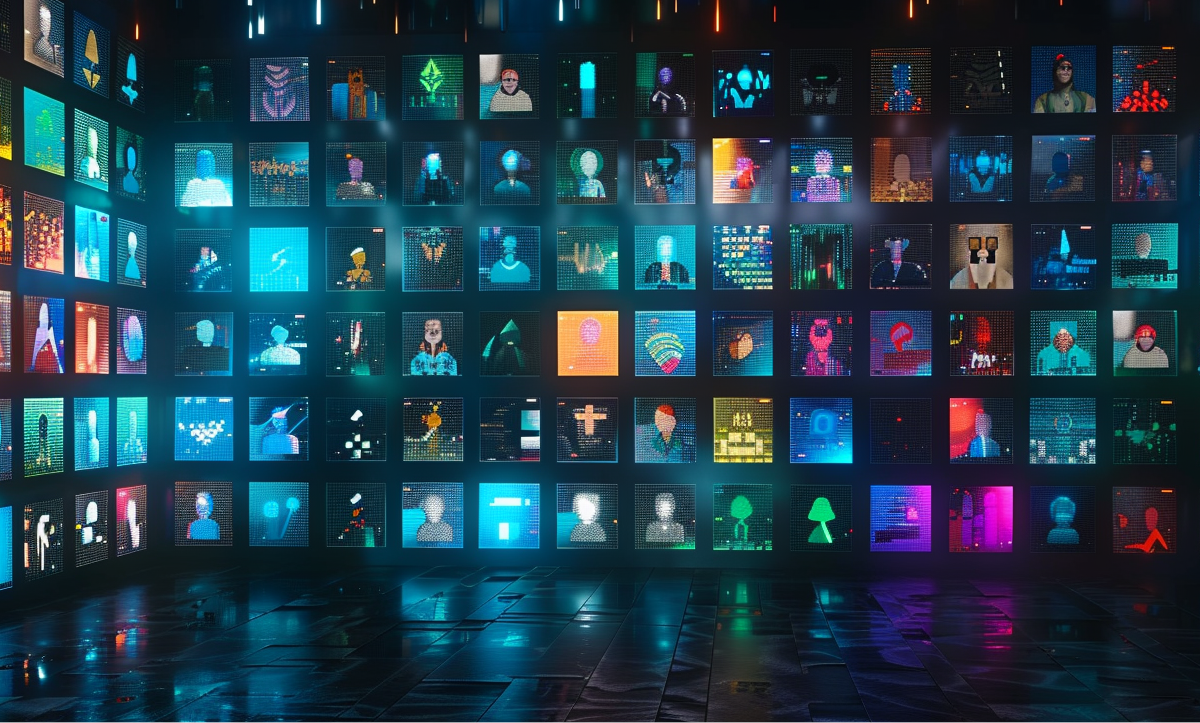
Como os NFTs estão a revolucionar a propriedade digital
Compreender como funcionam os NFTs significa mergulhar nalgumas das tecnologias centrais que os tornam possíveis. Embora a ideia de propriedade digital possa parecer abstracta, os NFTs são construídos sobre conceitos muito reais e revolucionários — principalmente tecnologia blockchain, cunhagem e contratos inteligentes.
NFTs e Blockchain
No coração de cada NFT está a blockchain — um registo digital descentralizado e seguro que regista transacções através de uma vasta rede de computadores. Pensai nisto como uma base de dados pública que nenhuma pessoa ou empresa controla, tornando-a extremamente difícil de hackear ou adulterar.
Quando criais, ou cunhais, um NFT, a informação sobre esse activo digital — como o seu identificador único, os detalhes do criador, e o proprietário actual — é permanentemente armazenada na blockchain. Isto significa que uma vez cunhado, o registo do NFT de propriedade e proveniência torna-se imutável (inalterável) e transparente para todos verificarem.
Este registo permanente é o que garante a autenticidade e singularidade do NFT. Também previne fraude, como copiar ou falsificar arte digital ou coleccionáveis, que costumava ser um problema maior no mundo digital onde os ficheiros são facilmente duplicados.
Cunhagem de NFTs e Mercados NFT
A cunhagem é o processo de transformar o vosso ficheiro digital — seja arte, música, ou um item virtual — num NFT na blockchain. Este processo atribui um token único ao vosso activo digital, efectivamente "registando-o" e ligando-o à vossa identidade digital na blockchain.
A maioria dos criadores cunha NFTs através de plataformas amigáveis conhecidas como mercados NFT. Mercados populares como OpenSea, Rarible e Foundation fornecem as ferramentas para qualquer pessoa cunhar, comprar, vender e mostrar NFTs tudo num local. Estes mercados também suportam carteiras digitais — como MetaMask ou Coinbase Wallet — que são essenciais para armazenar de forma segura os vossos NFTs e criptomoedas.
Quando cunhais um NFT nestas plataformas, pagais uma pequena taxa (chamada "taxa de gas") para registar a transacção na blockchain. Uma vez feito isso, o vosso NFT está activo, e podeis listá-lo para venda, transferi-lo, ou mantê-lo como parte da vossa colecção.
Contratos Inteligentes nos NFTs
Outra peça chave do puzzle são os contratos inteligentes. Estes são programas auto-executáveis escritos na blockchain que automaticamente aplicam os termos de uma transacção sem precisar de um intermediário.
Para NFTs, os contratos inteligentes lidam com funções importantes como:
- Provar propriedade: Apenas o endereço da carteira registado na blockchain possui o NFT.
- Transferir NFTs: Quando vendeis ou comercializais um NFT, o contrato inteligente move a propriedade do vendedor para o comprador automaticamente.
- Royalties para criadores: Os contratos inteligentes podem ser programados para pagar aos criadores uma percentagem cada vez que o seu NFT é revendido no mercado. Isto significa que artistas e músicos podem continuar a ganhar do seu trabalho à medida que muda de mãos, uma característica revolucionária comparada aos mercados tradicionais.
Os contratos inteligentes são fundamentais para a tecnologia NFT porque criam confiança entre compradores e vendedores sem depender de bancos, agentes, ou casas de leilão. Este sistema sem confiança é uma razão central pela qual os NFTs se tornaram uma força tão disruptiva na economia digital.
A Relação Entre NFTs e Criptomoedas
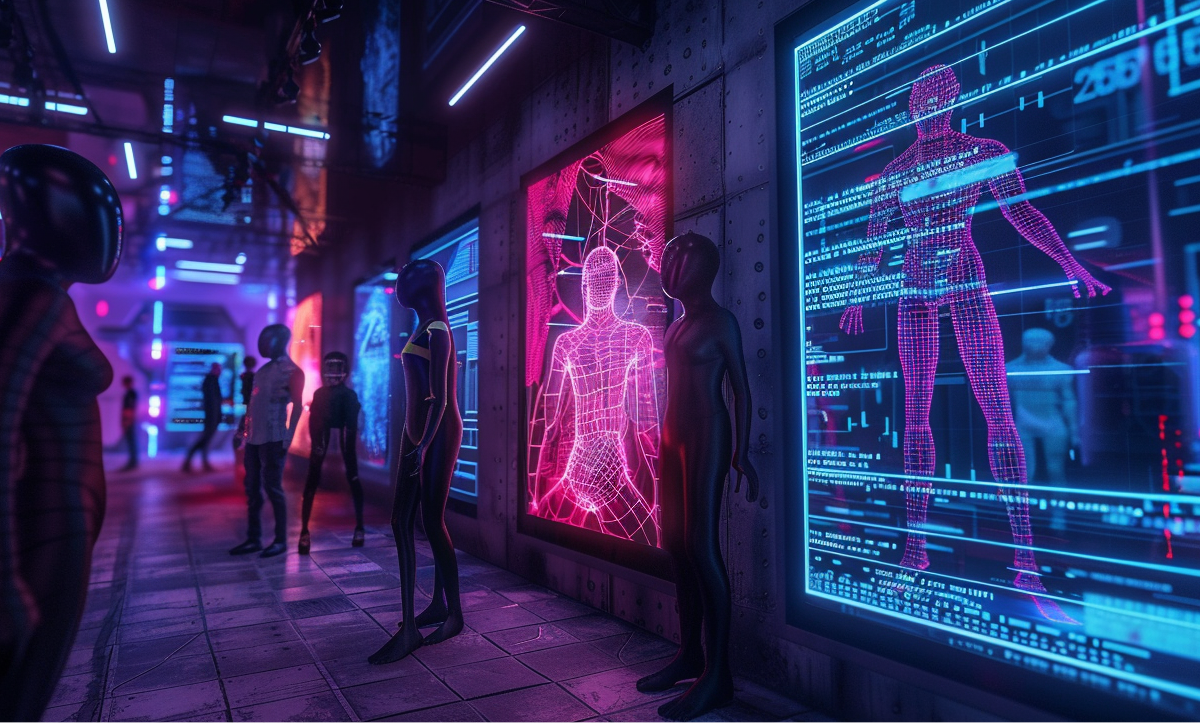
O conceito de singularidade nos NFTs
Ethereum e NFTs
A Ethereum continua a ser a blockchain mais amplamente utilizada para NFTs devido ao seu suporte robusto para contratos inteligentes. A relação Ethereum e NFTs é fundamental: os padrões de token ERC-721 e ERC-1155 da Ethereum permitem a criação de tokens únicos e ecossistemas multi-token, respectivamente.
Relação Criptomoedas e NFTs
A relação criptomoedas e NFTs é simbiótica. Os NFTs dependem das criptomoedas para comprar, vender e taxas de transacção (gas). Na maioria das plataformas, os NFTs têm preços em Ether (ETH). O Bitcoin, embora menos directamente envolvido nos NFTs, frequentemente serve como fonte de financiamento para utilizadores que entram no espaço NFT.
Mercados NFT e Cripto
Os mercados NFT como OpenSea e Rarible dependem muito de pagamentos em cripto. Os utilizadores ligam as suas carteiras, carregam-nas com Ethereum ou outros tokens suportados, e podem então comprar ou vender NFTs. Alguns mercados estão a expandir para aceitar outros tokens ou pagamentos fiat, mas a cripto permanece dominante.
Casos de Uso dos NFTs
NFTs na Arte e Coleccionáveis Digitais
Uma das aplicações mais conhecidas são os NFTs na arte. Os artistas cunham obras digitais como NFTs, que os coleccionadores podem comprar como originais verificados. Isto abre acesso global e remove a necessidade de galerias tradicionais.
Os coleccionáveis NFT também prosperam neste espaço, com avatares de edição limitada, cartões, e outros itens a serem comercializados em grandes volumes.
NFTs nos Jogos
Os NFTs nos jogos revolucionaram as economias dentro do jogo. Os jogadores podem possuir e comercializar itens raros, skins, ou personagens como NFTs. Estes activos são armazenados na carteira do jogador e podem ser movidos através de jogos compatíveis ou mercados, melhorando a agência do jogador e oportunidades de monetização.
NFTs na Música e Entretenimento
Os NFTs na música permitem aos artistas distribuir música como tokens de edição limitada. Os músicos podem vender canções, álbuns, ou conteúdo exclusivo directamente aos fãs, frequentemente incluindo royalties através de contratos inteligentes.
Imobiliário e Bens Virtuais
Os NFTs também estão a entrar no mundo do imobiliário virtual e plataformas metaverso. Em jogos como Decentraland ou The Sandbox, terrenos são activos representados por NFTs. Estas propriedades virtuais são compradas e vendidas como imobiliário físico, frequentemente apreciando em valor ao longo do tempo.
Vantagens dos NFTs
Propriedade e Autenticidade
Os NFTs fornecem prova imutável de propriedade e autenticidade. Uma vez que cada NFT é único e armazenado na blockchain, os compradores podem verificar que estão a comprar o item digital original.
Novos Fluxos de Receita para Criadores
Os criadores já não precisam de intermediários. Os NFTs permitem a artistas, músicos e programadores vender directamente às suas audiências e ganhar royalties automaticamente nas revendas, desbloqueando modelos de rendimento sustentáveis.
Indivisibilidade e Singularidade
Cada NFT é indivisível — não o podeis dividir como uma criptomoeda. Isto torna os NFTs perfeitos para coleccionáveis e activos digitais raros, onde a escassez impulsiona o valor.
Riscos e Desafios dos NFTs

Compreender NFTs no mundo digital
Construção de Portfólio NFT e Especulação
Como qualquer mercado emergente, a posição NFT vem com riscos. Os preços podem flutuar muito, frequentemente impulsionados pelo hype em vez do valor intrínseco. Alguns NFTs vendem por milhões, enquanto outros tornam-se sem valor da noite para o dia.
Impacto Ambiental
O modelo proof-of-work da Ethereum (pré-2.0) consome energia significativa. Cunhar e comercializar NFTs contribui para esta pegada. No entanto, a Ethereum está a transitar para proof-of-stake, o que reduzirá drasticamente o seu custo ambiental. Esta mudança é crítica para o futuro NFT.
Saturação de Mercado e Esquemas
À medida que mais criadores inundam o mercado, distinguir NFTs valiosos de baixa qualidade ou fraudulentos torna-se difícil. Os riscos NFT incluem saturação de mercado, rug pulls, e NFTs falsificados.
O Futuro dos NFTs e Criptomoedas
Futuro NFT em Novas Indústrias
O futuro NFT tem promessa em sectores como cuidados de saúde, educação e gestão de identidade. Os NFTs poderiam ser utilizados para representar credenciais académicas, registos médicos, ou direitos de acesso.
Ethereum 2.0 e NFTs
Com a Ethereum 2.0, a escalabilidade e sustentabilidade melhorarão. Transacções mais rápidas e baratas e menor consumo de energia tornarão a cunhagem e comercialização de NFTs mais eficientes, expandindo a adopção global.
NFTs e o Metaverso
Os NFTs e blockchain são integrais ao desenvolvimento do metaverso. À medida que os utilizadores se envolvem em mundos virtuais, os NFTs representarão a propriedade de activos digitais como avatares, terrenos, ferramentas e vestuário, criando uma experiência imersiva e monetizada.
Ganhar Bitcoin Real Diariamente — Sem Equipamento Necessário

O futuro dos NFTs na economia digital
Já pensaram em minerar Bitcoin mas não queriam lidar com os custos altos, máquinas ruidosas, ou configuração complexa? Com o GoMining, podeis saltar tudo isso.
Agora é fácil para qualquer um começar a receber recompensas BTC diárias através de Mineiros Digitais — activos virtuais apoiados por poder computacional real. Não precisais de vos preocupar em comprar hardware ou pagar contas de electricidade. Apenas activai o vosso mineiro, e ele começa a gerar Bitcoin para vós automaticamente.
Eis o que torna o GoMining diferente:
✅ Possuir uma quota de hashpower real — cada Mineiro Digital está ligado à capacidade de mineração actual ✅ Totalmente flexível — actualizai a qualquer momento para aumentar as vossas recompensas ✅ Sem manutenção — cuidamos de tudo nos bastidores ✅ Transparente e seguro — acompanhai as vossas recompensas em tempo real
Não importa se sois novos na cena cripto ou procurais formas mais inteligentes de fazer crescer o vosso portfólio, o GoMining dá-vos um caminho de baixa barreira para rendimento Bitcoin.
Prontos para explorar?
Conclusão
Em resumo, o que é um NFT? É mais do que uma palavra da moda — é uma aplicação revolucionária da blockchain que está a remodelar como compramos, vendemos e percebemos activos digitais. A relação criptomoedas e NFTs é crucial para esta evolução, permitindo propriedade descentralizada e monetização criativa.
Dos NFTs nos jogos aos NFTs na arte, os casos de uso estão a expandir rapidamente. Embora a tecnologia NFT ofereça potencial incomparável, é essencial manter-se consciente dos riscos NFT como volatilidade, esquemas e preocupações ambientais.
À medida que o ecossistema amadurece, compreender como funcionam os NFTs, como comercializar NFTs, e como cunhar NFTs capacitará os utilizadores a navegar a economia digital com confiança.
Criador, coleccionador, ou comerciante, os NFTs oferecem-vos uma fronteira emocionante que vale a pena explorar — com optimismo cauteloso e uma carteira estratégica.
Tradução realizada com auxílio de IA. Pode ler o artigo original aqui
August 4, 2025




